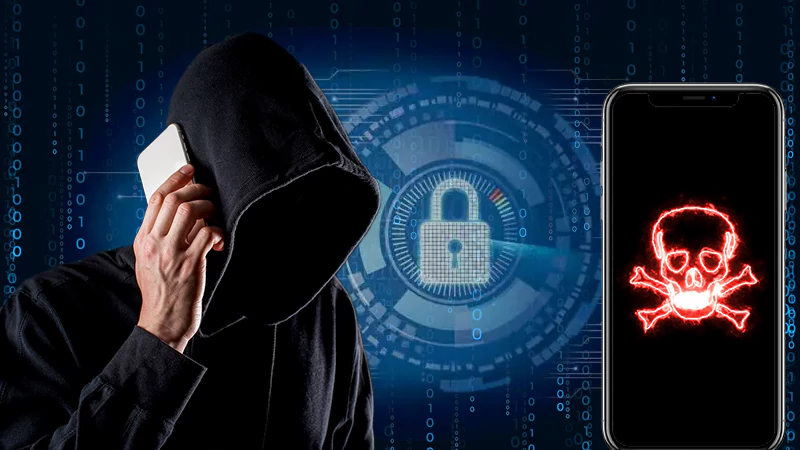There’s an increasing need for speed these days when it comes to all things internet-related. Part of the reason for the focus on speed is the growing popularity of streaming, which first became a much bigger thing in 2007 when Netflix introduced it as an alternative to DVD rentals. Today, there are many more streaming goodies available from a rapidly growing number of sources – even CBS, Fox, ABC, and NBC have streaming-based options now.
This brings us to the topic of how much internet speed even living in a rural area, you’ll likely need to watch streaming content without frustrating interruptions or buffering delays. The short answer is you’ll need anywhere from 3 to 25 Mbps of download speed for more common streaming options like Sling TV, Disney+, Hulu, and Dish Latino. Below, we dive into this topic in more detail to give you a better idea of what to consider with internet speed for a flawless streaming experience.
Preferred Video Quality
If you don’t mind lower-quality formats speeds within the 3 to 18 Mbps range can give you a flawless viewing experience. This includes standard definition (SD) and high-definition (HD) streaming content. However, if you prefer to stream in ultra-high definition (UHD), you’ll need a minimum of 25 Mbps to get the most from your streaming experience.
Number of Devices Being Used
Another factor to consider with your internet speed for streaming is how many devices are typically used for this purpose in your household. If it’s common to have users in your home streaming from multiple devices with wireless internet, for example, you’ll need more speed. In this instance, look for speeds somewhere around 80 Mbps or higher to create an enjoyable streaming experience for all users.
What You’ll Be Streaming
The guidelines we’ve discussed so far are for streaming video, like what’s common with movies and TV shows. But if you stream other types of content, the optimal internet speed can be much lower. With streaming music, for instance, you should be fine with 1 to 10 Mbps. With podcasts or other audio content that’s not music, somewhere around 1.5 Mbps should be fine.
Don’t Just Go by Streaming Service Website Recommendations
Many streaming services offer minimum speed recommendations. However, these are typically just for a single streaming viewer. If you know you’ll be using multiple devices to stream, look for higher speeds above what’s recommended. Additionally, because it’s more common for people to work from home today, also consider what other downloading needs you may have while others in your home are streaming.
Improving Your Internet Speed (If It’s Not Sufficient at the Moment)
If your internet speed right now isn’t going to give you a flawless streaming experience, there are some things you can do to remedy this problem. One option is to contact your current provider to see if there are higher speed plans available. A dedicated streaming device, like what’s available from Roku, is worth considering as well if you regularly stream movies and similar content. What this does is give you a device specifically for streaming so there’s no extra strain from apps and other sources. You may also be able to get a speed boost by:
• Moving your router so it’s closer to the device you’re using
• Updating your router/modem
• Using a direct connection to your device instead of WI-FI.
• Minimizing how many devices are drawing on the same connection when you’re streaming
Sizing Up Your Internet Speed Needs for Streaming
So, what’s right for you with internet speed for streaming? Answer this question by determining how many devices are regularly used for streaming in your home. Also, consider your preferred streaming video quality. How often you stream is another factor to consider. To sum things up, keep these general guidelines in mind with internet speed for streaming:
• Standard definition: 3 Mbps or more
• High-definition: 5 to 13 Mbps or more
• 4K (4x the size of standard HD): 16 to 25 Mbps or more
















